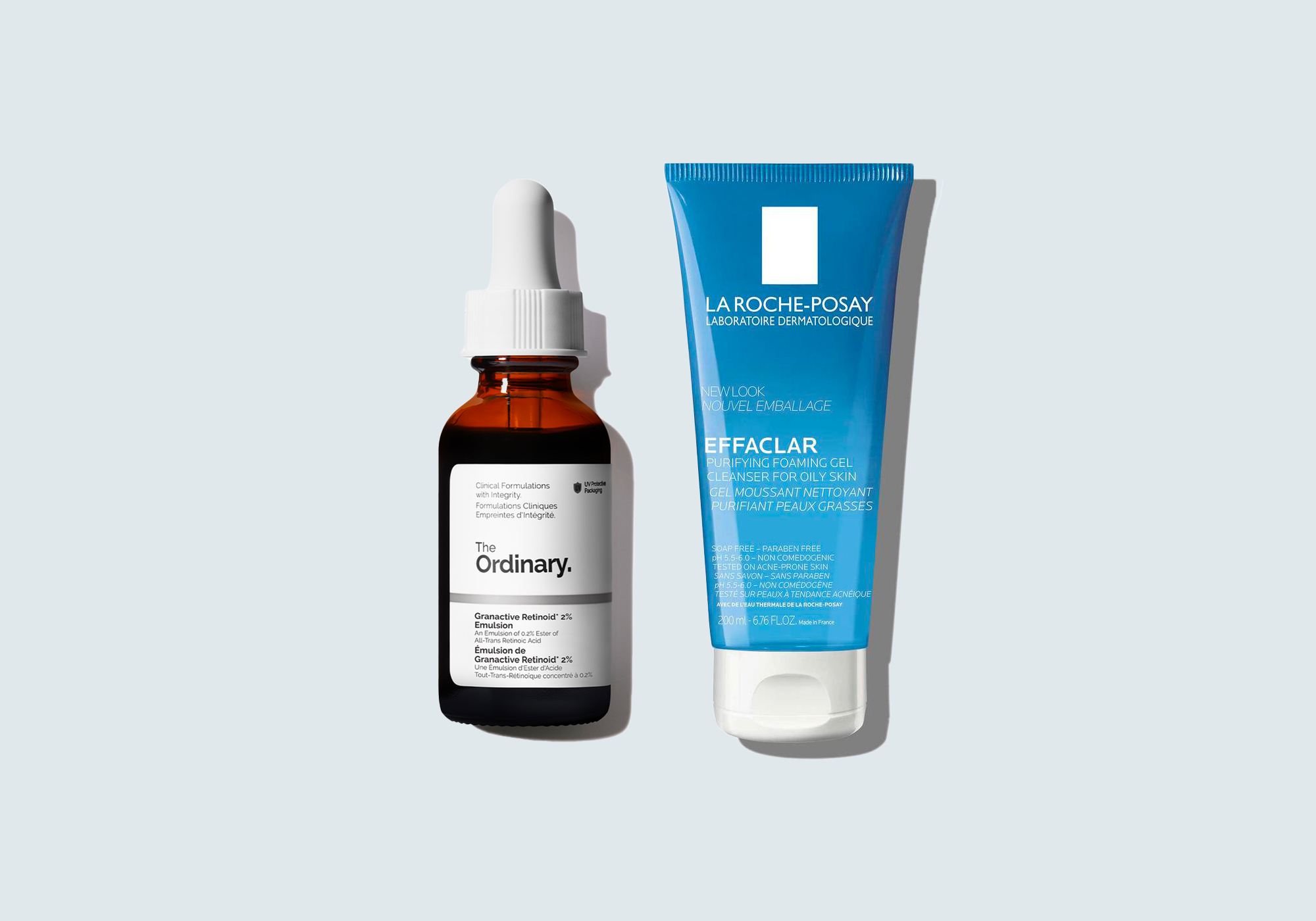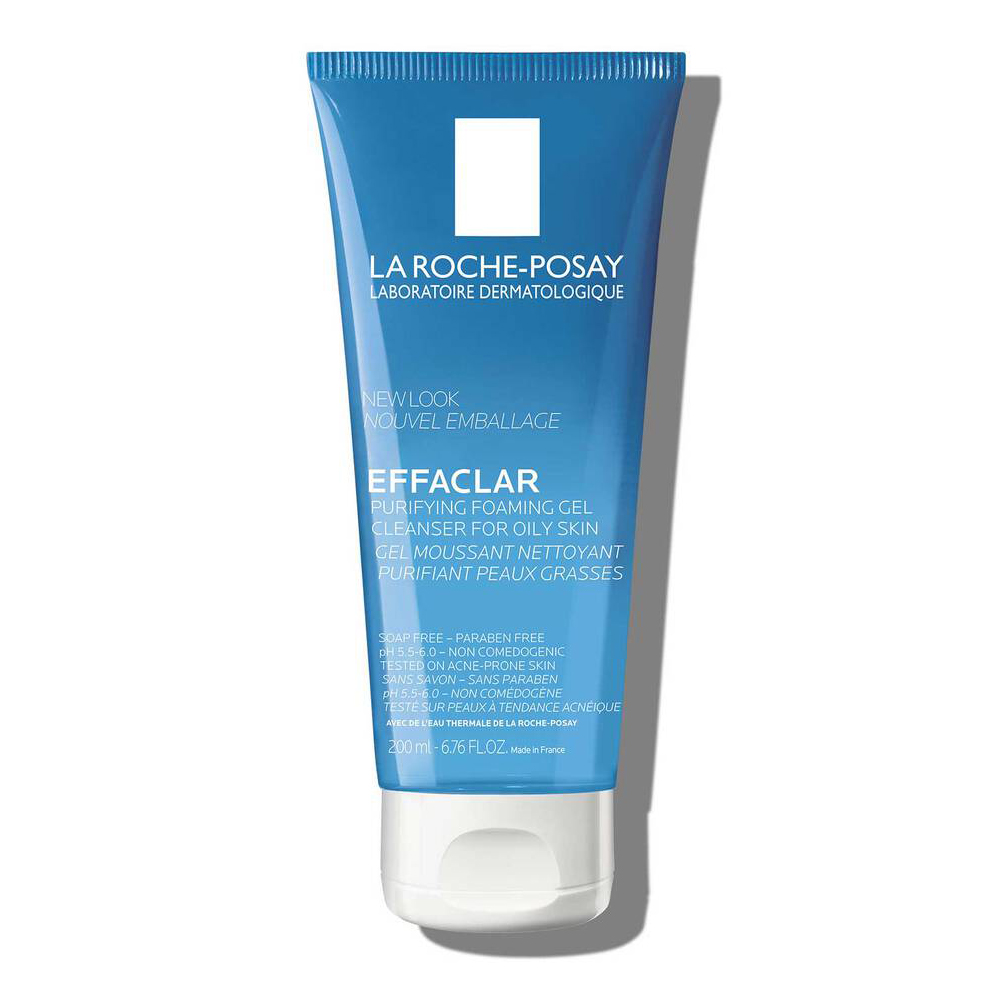
According to the American Academy of Dermatology, acne is the most common skin condition in the United States, affecting up to 50 million Americans annually. Although it largely targets adolescents, adults can get acne for the first time in their 30s, 40s or 50s (known as “adult onset acne“) or experience a resurgence of the dreaded teenage skin they once fought so hard to keep clear. The term “hormonal acne” typically refers to acne that occurs as our hormones fluctuate, though some experts argue all acne is “hormonal” to some degree.
“I do not recommend different over-the-counter products for hormonal acne than other acne, as most forms of acne require similar ingredients,” says New York dermatologist Jody Levine, MD. “Also, most acne does have a hormonal component. But, for people who have typical ‘hormonal acne,’ which is located mostly on the chin and lower cheeks—we refer to this as the beard distribution—I do prefer specific topical and oral prescription agents that are different than what I use for other forms of acne.”
Bloomfield Hills, MI dermatologist Linda C. Honet, MD takes a multi-tiered approach to treating hormonal acne using both over-the-counter and prescription medications (topical and systemic). “I often will start oral spironolactone and/or topical clascoterone to suppress the hormonal fluctuations—spironolactone is a mild diuretic that has mild anti-androgen activity; Clascoterone is a topical form,” she explains. “Although antibiotics have been a mainstay of acne control over the years in the past, I have been using less of them lately because so many newer, effective, technologically advanced acne medications have become available recently.”
However, no matter the type of acne, Dr. Honet says one thing hasn’t changed, which is the use of a topical retinoid in every skin-care regimen, especially one that is focused on treating hormonal acne. “Retinoids are multitaskers and are essential to suppress oil gland activity, retexturize the skin, stimulate collagen and elastin production, and improve scarring and hyperpigmentation,” she explains. “Plus, retinoids are amazing healthy-skin-boosting anti-agers, which is a great side benefit. Equally important is to remove any offending agents like certain oral contraceptives, hormonal IUDs and dietary triggers like whey protein, which can worsen or even outright cause hormonal acne. And let’s not forget the power of isotretinoin when hormonal, cystic acne just won’t respond to anything else. When all else fails, isotretinoin is as close to an acne cure as we have.”
In-office procedures such as microdermabrasion, lasers, microneedling, chemical peels, and blue-light treatments can also be utilized as great adjunctive treatments to help control acne flare-ups and scarring, Dr. Honet says. Each dermatologist will take a personalized approach according to their patients’ needs. In the fight against hormonal acne (or any type for the most part), over-the-counter acne formulas are a great place to start, and the most common. These are five topical products recommended by dermatologists for those with hormonal acne.
Honet
Find a Doctor
Find a NewBeauty “Top Beauty Doctor” Near you











